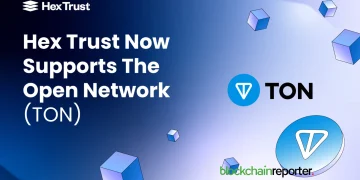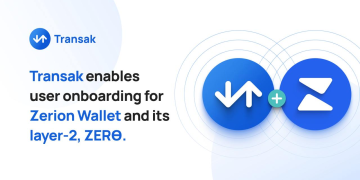Blockchain gaming has experienced a 2000% spike in activity compared to last year, according to online publication Banklesstimes.com. This tremendous growth illustrates the increasing popularity of technology and the gaming industry’s significant shift in favor.
In addition, there will be more than three billion Web2 gamers worldwide by 2023, according to market analyst Exploding Topics. In the third quarter of 2023 itself, blockchain gaming saw an average of 786,766 daily unique active wallets, a 12% increase from the previous quarter.
Most blockchain gamers are considered casual gamers who play regularly but rarely invest significant time. With the massive increase in amount, blockchain gaming now maintains significant dominance over the dApp industry. Adoption of crypto tokens to play casino games such as the Thimbles game also contributes to it.
Crypto expert Alice Leetham from Banklesstimes said, “Unlike traditional games, blockchain games create a mutually beneficial situation for players and developers. These games leverage decentralized ledgers to enable true ownership of in-game assets, offering players unprecedented control and security over their virtual possessions.”
Tokens on the Rise
In a related development, various tokens associated with blockchain gaming are demonstrating rapid growth.
NFT-based Axie Infinity experienced a 12% increase over the past seven days, with a current price of $6.88. Its native token, AXS, surged to an almost six-month high over the weekend, reaching a peak of $7.55, up 35% over the past month.
Axie Infinity’s developer, Sky Mavis, announced its immediate plans, including bringing back several features, releasing official merchandise, and opening up commercialization rights for owners of rare Axie NFTs. This will allow players to turn their creatures into products and projects.
Ronin, an Ethereum sidechain network designed for blockchain gaming, is also behind Axie’s recent rebound. Ronin adoption surged due to the launch of the new game Pixels, with its token RON jumping 27% over the past week to its current price of $1.06. The price has more than doubled in the past 30 days.
Meanwhile, ApeCoin (APE) rose 7% over the past week to a current price of $1.63 per token. Over the weekend, APE reached $1.77, the highest price seen in over three months for the Ethereum token tied to the Bored Ape Yacht Club NFT ecosystem. ApeCoin is also set to power the upcoming Otherside metaverse game.
Other tokens also enjoyed their momentum, with Stepn (GMT) jumping 11% this week to almost $0.29; Illuvium continued its recent rise with a 9% gain to around $114; and the Treasure gaming ecosystem token (MAGIC) jumped almost 24% to $0.83 after announcing plans to launch its own chain.
Blockchain Game Market vs. Traditional Game Market
Although things are looking up with the increase in blockchain gamers and token adoptions, the blockchain game market still has a lot of homework to do if it wants to catch up with the traditional game market.
According to the online data collection platform Statista, the traditional gaming market is projected to generate more than $400 billion by 2023 and is expected to reach $584 billion by 2027. Meanwhile, the Web3 and blockchain gaming markets have yet to reach such high figures. According to data from market intelligence firm Grand View Research, this market was worth more than $4.8 billion in 2022, with projections predicting growth in the coming years.
Furthermore, according to an October 9 report from CoinGecko, more than 800,000 people play Web3 games every day. The figure pales in comparison with how the Web2 game Minecraft has over 11.9 million daily players on average.
Speaking to Cointelegraph, Jennifer Poulson, who currently serves as vice president of game partnerships at Immutable Games, said, “Bringing mainstream players into the Web3 space will be very essential in the coming years.”
However, mainstream gamers are not particularly fond of crypto, especially when non-fungible tokens (NFTs) are involved. Blockchain entertainment company Coda Labs released its Global Web3 Gamer Study in 2022 and found that traditional gamers are not fans of crypto or NFTs. Respondents rated their feelings about them at 4.5 and 4.3 out of 10, respectively.
Therefore, Poulson proposed that the industry will need to build games that will appeal to all players. Poulson believes that working closely with mainstream publishers and studios will be crucial to the future of Web3 gaming.























